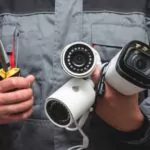Taking The Charge: How To Control IOT Devices?
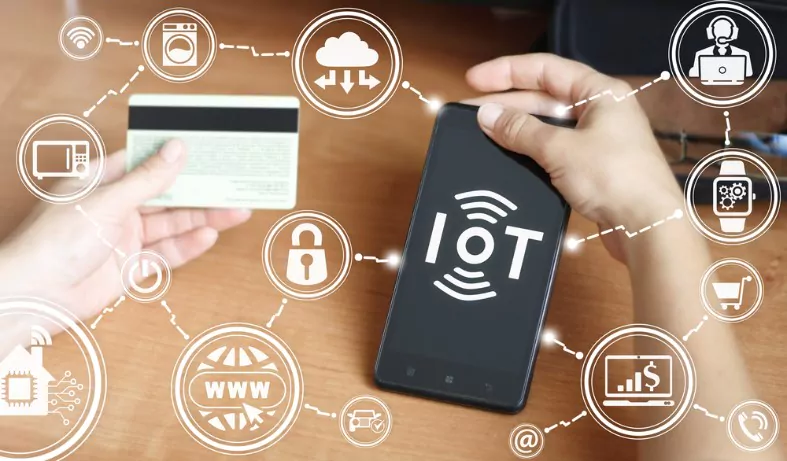
As the Internet of Things (IoT) ecosystem continues to burgeon, understanding how to control IoT devices becomes increasingly imperative. The integration of these devices into our daily lives is revolutionary, enabling a smart, efficient, and connected world. From smart thermostats to intelligent fridges, mastering the art of controlling these devices is key. This article offers an all-inclusive guide on how to control IoT devices aimed at enhancing your smart living experience.
1 What are IoT Devices?
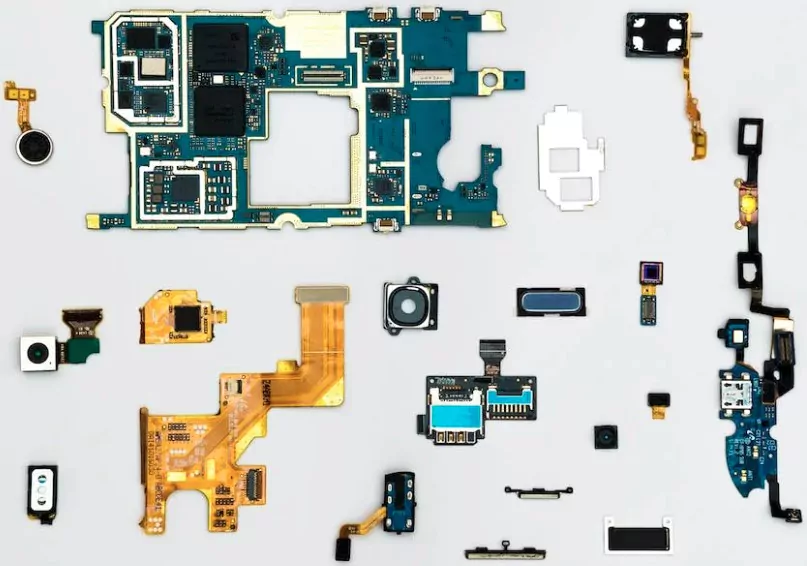
Before diving into how to control IoT devices, it is essential to understand what these devices are. IoT encompasses a plethora of devices connected to the Internet, ranging from everyday household items to sophisticated industrial tools. These devices can communicate with each other and be managed through controllers such as smartphones or voice commands, paving the way for more integrated and intelligent ecosystems.
2 Step-by-Step Guide on How to Control IoT Devices
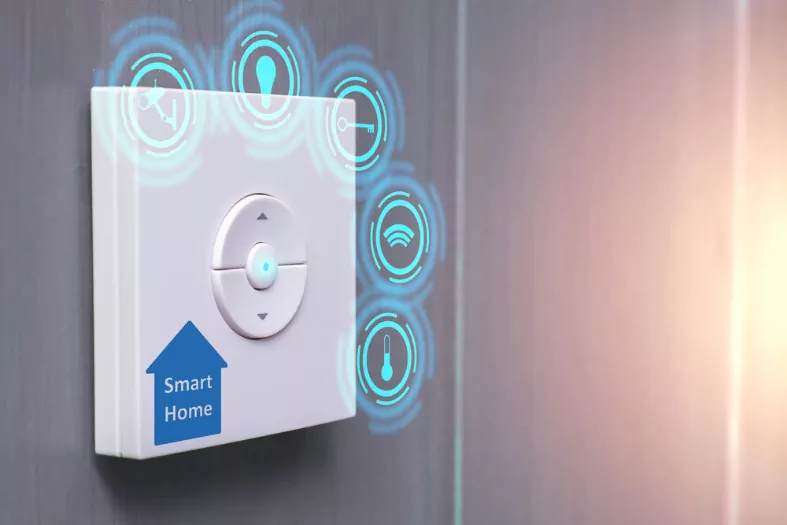
Device Compatibility
When exploring how to control IoT devices, the first thing to consider is device compatibility. Ensure that the IoT devices you invest in are compatible with the central platform you plan to use, be it Apple Home Kit, Google Home, or Amazon Alexa.
Secure Network Connection
It’s crucial to have a secure network connection. When figuring out how to control IoT devices, remember that they’re only as reliable as your network. Ensure that you have a stable Wi-Fi connection, and consider investing in a high-quality router with ample coverage.
Master the Mobile Apps
Understanding and utilising mobile applications is central to learning how to control IoT devices. Most IoT devices have accompanying mobile apps. Familiarise yourself with these apps, as they will be the primary way to control, configure, and monitor your IoT devices.
Voice Command Configuration
One of the most convenient ways of controlling IoT devices is through voice commands. Many IoT devices can be connected to virtual assistants like Amazon Alexa or Google Assistant. When learning how to control IoT devices, it’s beneficial to understand how to set up these integrations.
Implement Security Measures
When examining how to control IoT devices, security cannot be overlooked. Secure your devices by changing default passwords, regularly updating firmware, and ensuring that your network is encrypted. Implementing these security measures is vital in controlling your IoT devices securely.
Establish Routines and Automation
The true power of IoT devices is realised through automation. In understanding how to control IoT devices, consider setting up routines that allow your devices to function autonomously based on specific triggers or schedules.
Remote Access and Control
A prominent aspect of learning how to control IoT devices is mastering remote access. This enables you to monitor and control your IoT devices from anywhere through your smartphone or computer.
Manage Device Sharing
If you have family members or colleagues who also need to control the IoT devices, learn how to manage device sharing through the designated apps. This is an important aspect of how to control IoT devices in a shared environment.
Stay Updated
Technology is ever-evolving, and so is the realm of IoT. To effectively control IoT devices, it’s necessary to stay informed about the latest trends, updates, and security practices.
Leverage IoT Ecosystems
When learning how to control IoT devices, consider how they can be part of a larger ecosystem. For instance, connecting your smart thermostat and smart lights to a single hub can create a more seamless and efficient smart home experience.
3 Benefits of Knowing How to Control IoT Devices
Knowing how to control IoT devices has numerous benefits. This includes increased convenience, more efficient energy usage, improved security, and the ability to monitor and manage your environment effortlessly.
Convenience and Efficiency
With the ability to control IoT devices, you can automate various tasks and routines, making your life more convenient and efficient. For example, you can remotely control your smart home devices to adjust the temperature, turn on lights, lock doors, or even start appliances from anywhere, saving time and effort.
Energy and Cost Savings
IoT devices enable you to monitor and optimise energy consumption in your home or workplace. By controlling connected devices such as smart thermostats, lights, and appliances, you can reduce energy waste and lower utility bills.
Enhanced Security
Being able to control IoT devices allows you to strengthen the security of your smart home or office. You can monitor security cameras, lock or unlock doors, and receive real-time alerts about potential security breaches, helping you protect your property and loved ones.
Remote Monitoring and Management
IoT devices enable remote monitoring and management of various systems and processes. For instance, you can remotely check the status of industrial equipment, monitor environmental conditions, or track inventory levels. This capability is particularly valuable for businesses, allowing them to streamline operations, identify issues early, and respond quickly.
Improved Health and Safety
IoT devices in healthcare can assist in remote patient monitoring, allowing healthcare providers to keep track of patients’ health conditions from a distance. Smart wearable devices can monitor vital signs, medication adherence, and activity levels, providing timely alerts and enabling early intervention when necessary.
Data-Driven Insights
IoT devices generate a vast amount of data. By controlling and managing these devices, you can collect and analyse valuable data to gain insights and make informed decisions. For example, businesses can leverage IoT data to optimise processes, improve customer experiences, and identify trends or patterns.
Personalisation and Customization
With control over IoT devices, you can personalise and customise your surroundings to suit your preferences. You can create personalised lighting and temperature settings, play customised playlists, or adjust settings based on your mood or needs.
Environmental Sustainability
IoT devices can contribute to environmental sustainability. By controlling energy-consuming devices, optimising resource usage, and automating energy-saving actions, you can reduce your ecological footprint and promote a greener lifestyle.
Enhanced Accessibility
IoT devices can improve accessibility for people with disabilities. Through voice commands or smartphone apps, individuals can control their surroundings, access information, or interact with devices more easily, fostering inclusivity and independence.
Innovation and Future-Proofing
Understanding how to control IoT devices positions you at the forefront of technological advancements. As IoT technology continues to evolve, having the knowledge and skills to navigate and control these devices allows you to adapt to new technologies and innovations, ensuring you stay ahead in an increasingly connected world.
4 Potential Challenges in Controlling IoT Devices
While there are myriad benefits, there are also challenges in controlling IoT devices. These challenges include compatibility issues, security vulnerabilities, and sometimes steep learning curves. Understanding these challenges is an essential part of mastering how to control IoT devices.
5 Troubleshooting Tips for IoT Device Control
As you deepen your understanding of how to control IoT devices, you might encounter some issues. Here are a few troubleshooting tips that can come in handy:
Connectivity Issues
- Ensure that the IoT device is within the Wi-Fi range.
- Restart the device and the router to resolve any temporary connectivity issues.
Compatibility Issues
- Verify that the IoT device is compatible with the central platform or app you are using.
- Keep the device’s firmware and the app updated.
Security Issues
- Regularly change passwords and use complex combinations to improve security.
- Keep abreast of any security updates or patches released by the manufacturer.
Configuration Issues
- Refer to the user manual for configuration steps specific to the device.
- Contact customer support if configuration issues persist.
6 Understanding the Legal Aspects of IoT Control
As IoT devices become more prevalent, legal considerations are important. When learning how to control IoT devices, be sure to understand the data policies of the devices you are using, as they often collect a plethora of information. Ensuring compliance with data protection laws and regulations is a critical part of how to control IoT devices responsibly.
7 The Future of IoT Device Control
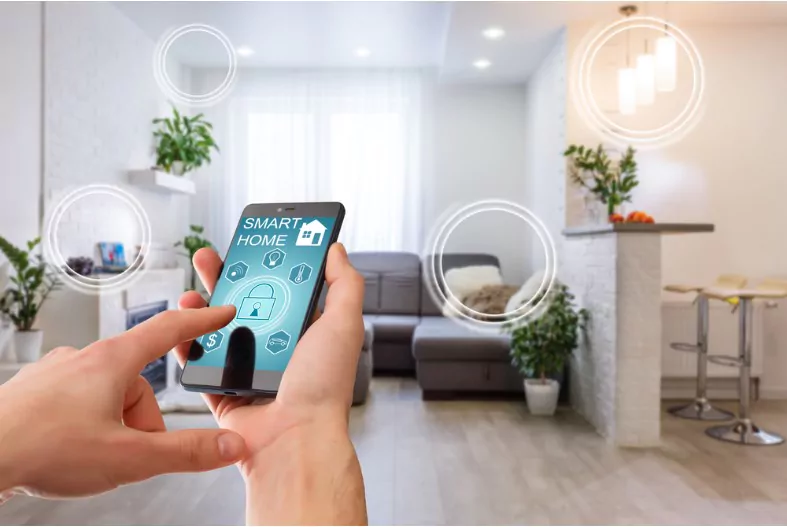
The landscape of IoT is continuously evolving. Future advancements will likely make controlling IoT devices even more intuitive and powerful. With the integration of artificial intelligence and machine learning, IoT devices will become smarter and more autonomous, further refining how we interact and control them.
8 Wrapping Up
Learning how to control IoT devices is an indispensable skill in today’s technologically advanced world. By understanding device compatibility, mastering mobile apps, implementing security measures, and setting up routines and automation, you can make the most of the IoT ecosystem.
Furthermore, staying updated on the latest trends and technologies is vital in continuously improving how to control IoT devices. Not only does this knowledge contribute to a more seamless and convenient lifestyle, but it also empowers individuals and businesses to harness the full potential of the Internet of Things. Mastering how to control IoT devices positions you at the forefront of the smart revolution, ready to embrace a more connected and efficient world.
Community Q&A
About This Article
This article has been viewed 473 times.


